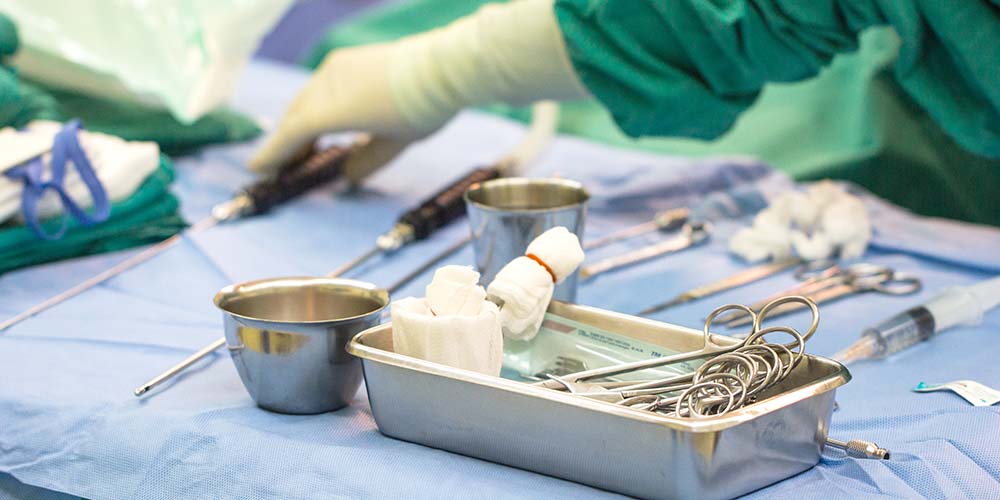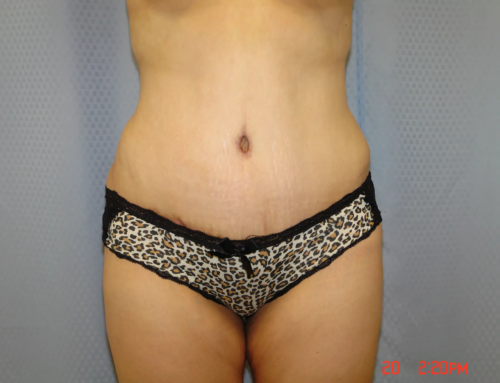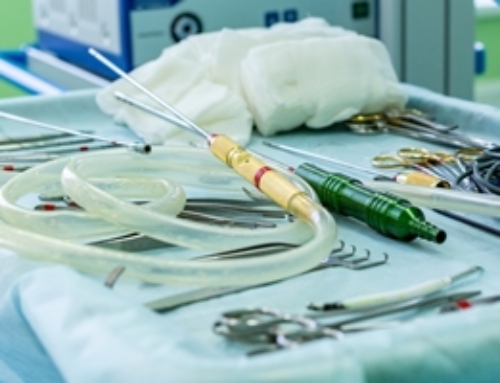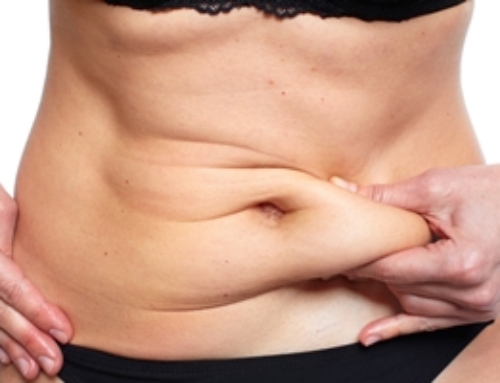Most surgeons use drains hoping to prevent the formation of Seromas or hematomas following tummy tuck surgery.
Drains are usually removed one week after surgery. Sometimes, they are left longer depending on the amount and color of the draining fluid. A total drainage of less than 25 CC’s of yellow colored fluid in 24 hours, is a good indicator for drain removal.
Patients are required to keep a record of the daily drainage amount and color for reference. Drain tubes need to be “milked” multiple times a day to ensure uninterrupted flow of fluid and prevent blockage. Sudden increase in the drainage amount or darkening in color needs to be relayed promptly to your surgeon to exclude surgical causes.
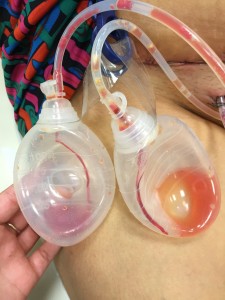
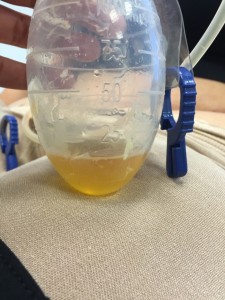
Wearing the compression garment after surgery will further help obliterating the surgical cavity and reduce the incidence of seromas. Garments are supposed to apply a uniform steady pressure around the trunk area, regardless of the position of the patient.
Under normal circumstances, tissue fluids underneath the abdominal flap are re-absorbed back into the body. few days after surgery. At times, this may not occur and these fluids gravitate and accumulate in a pocket in the lower abdomen as “Seromas”.
Saying this however, “Seromas” after tummy tuck surgery are not uncommon. They can occur in the best of hands and range anywhere from 2-38% in occurrence. They are usually asymptomatic but sometimes they may present as a dull ache or a visible bulge in the area above the incision. Some patients report a “fluid shift” with change of position,
Best is to consult your surgeon immediately. The majority of seromas can be dealt with by needle aspiration. Depending on the amount of fluid and the rate of its accumulation, aspiration may have to be repeated. Not infrequently, a drain has to be re-inserted under local anesthesia to aid the drainage. Wearing the compression garment after these procedures is mandatory at all times.
On rare occasions, patients may present with seromas months after surgery. These tend to be “walled off” and conservative measures may not work at this point. Surgery to explore the cavity and cauterize or remove its walls may be necessary to prevent the re-accumulation of fluids.
Web Reference: https://drkattash.com/plastic-surgery/abdominoplasty-1/
References:
https://www.ncbi.nlm.nih.gov/pmc/articles/PMC2827279/


